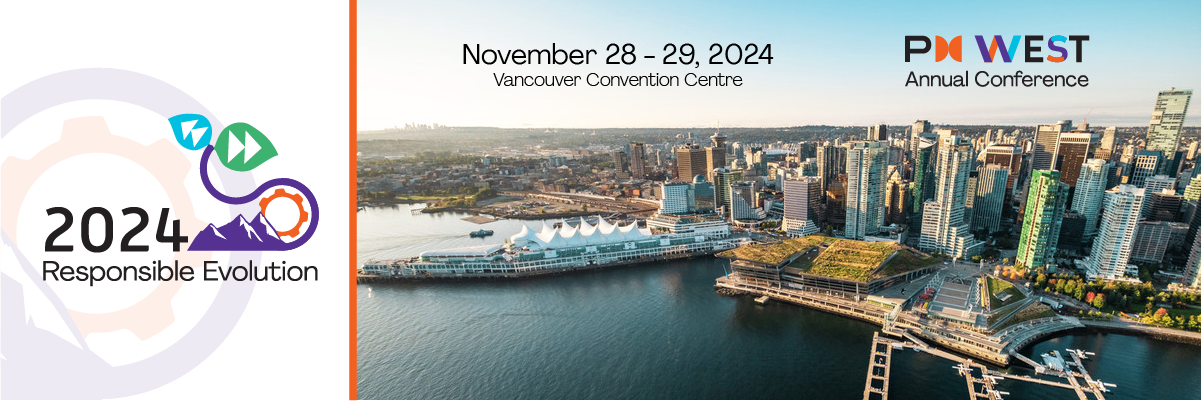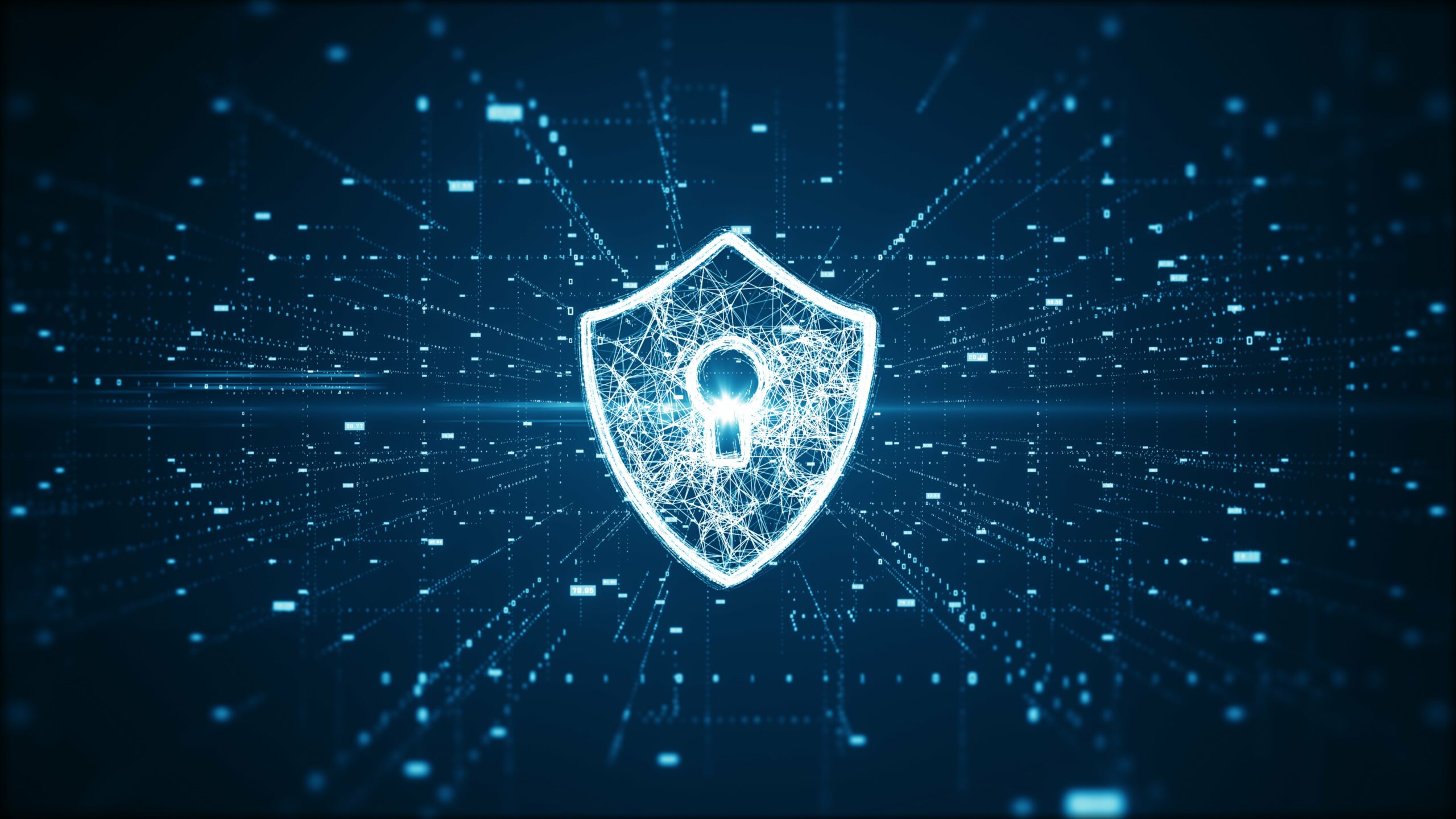Building a Strong Foundation: How Security Architecture can Protect your Business

Every day, your business faces a myriad of cybersecurity threats and challenges that can compromise your valuable information. To ensure the confidentiality, integrity, and availability of your systems and data, you need to ensure you have a robust and uniquely tailored security architecture in place.
Security architecture refers to the overall security framework, controls and solutions that an organization employs to protect its information assets and ensure the confidentiality, integrity, and availability of its systems and data.
If you aren’t sure where to begin with your security architecture project planning, we’re here to help.
Let’s delve into potential project details, discuss key stakeholder involvement, highlight potential risks, and guide you on how to garner support within your organization for the best possible outcome.
(Read more: Why you Should Hire a Cybersecurity Consultant)
Length And Scope of an Enterprise Security Project
The duration of an enterprise security architecture project can vary depending on several factors, including the organization complexity, project scope, the size of the organization, and the customization level. Here is a general overview of the key stages involved in such a project:
Planning and Requirements Gathering
The initial phase of an enterprise security architecture project involves comprehensive planning and gathering of requirements. During this stage, the security goals are identified, the project scope is developed, and specific requirements are defined.
The duration for this phase depends on the organization’s complexity and the availability of relevant information, but it typically ranges from a couple of weeks to a month.
Risk Assessment and Analysis
Conducting a thorough risk assessment is a critical aspect of any security architecture project. This phase involves identifying potential vulnerabilities, evaluating threats, and assessing the potential business impact of security incidents.
The duration of this phase depends on the depth of the assessment and can range from a few weeks to several months.
Design and Architecture Development
This phase focuses on developing the security architecture blueprint, including defining security strategies, services and controls, recommending secure configurations, and identifying changes to security policies and procedures.
The duration for this phase can vary significantly based on the complexity of the organization and its IT infrastructure. It can range from a couple of months to six or more months.
Implementation and Integration
Once the architecture design is complete, the next step is implementing the recommended security measures. This phase may involve deploying new security technologies, configuring systems, and integrating security solutions. Before the security architecture goes live, it is essential to conduct thorough testing and validation to ensure its effectiveness and compatibility with existing systems.
The duration for this phase depends on the scale of implementation and can range from a few months to more than a year.
Training and Awareness
It is crucial to provide training and raise awareness among employees about the new security measures and policies.
The duration for this phase depends on the size of the organization and the level of training required and can range from a few weeks to a couple of months.
Which Stakeholders Will Need to be Involved?
The stakeholders involved in an enterprise security architecture project will depend on the size, structure, and complexity of your organization. Beyond a Security Architect, here are some common roles and departments that typically participate in such projects:
- Executive Management and Leadership: Executive , management and leadership will provide guidance on business impact and risk tolerance, make critical decisions, allocate resources, and ensure the project aligns with the organization’s overall objectives and priorities.
- IT Department/Team: The IT department or team will play a crucial role as they possess knowledge of the existing IT infrastructure, systems, and applications, providing technical expertise, assist with implementing security controls, and support the integration of security solutions.
- Information Security Team: If your organization has a dedicated information security team, they will be essential to the project, providing expertise in areas such as risk assessment, security policies, security awareness training, incident response, and compliance.
- Human Resources: HR may need to play a role, particularly in terms of facilitating employee training and awareness of programs related to the new security measures. They can also assist with ensuring compliance with HR-related security policies, such as access controls and employee onboarding/offboarding processes.
- Legal and Compliance: Legal and compliance personnel may be required to provide guidance on regulatory requirements, data privacy, and contractual obligations, ensuring that the security architecture aligns with legal and industry-specific standards.
- Other Business Departments: Specific business departments may need to be involved, such as representatives from finance, procurement, operations, change management, corporate communications, or any other department that handles sensitive or critical data that would be needed.
It’s important to engage representatives from these departments early in the project to ensure their buy-in, cooperation, and collaboration throughout the process. Conducting a stakeholder analysis and involving relevant personnel from the start will help ensure the project’s success and the alignment of security measures with the organization’s overall goals.
Potential Project Risks
Embarking on an enterprise security architecture project holds great potential for strengthening your organization’s digital defenses. However, it’s important to be aware of potential risks and challenges that may arise along the way.
Inadequate Planning and Requirements
Insufficient planning and unclear requirements can lead to misunderstandings, delays, and ineffective solutions. It’s crucial to invest time in properly defining project goals, objectives, scope, and requirements to ensure alignment and manage the project scope effectively to prevent scope creep.
The threat landscape is constantly evolving, and new risks may emerge during the project. Keep abreast of emerging threats and vulnerabilities to ensure that the security architecture remains adaptable and responsive to changing circumstances.
Lack of Training and Awareness
If stakeholders are not fully supportive of the project or don’t understand the importance, it can hinder progress and result in resistance to change. Engage stakeholders early, communicate the benefits of the project, address concerns, and ensure their involvement and commitment throughout the project.
If employees are not adequately trained on new security measures or are unaware of their roles and responsibilities, the effectiveness of the security architecture may be compromised. Plan and execute training programs and awareness campaigns to ensure that employees understand security protocols and best practices.
Insufficient Resources and Budget
Inadequate allocation of resources, including finances, personnel, and technology, can impact project timelines and outcomes. Ensure that sufficient resources and budget are allocated to the project to support the necessary activities, such as risk assessments, system upgrades, and training.
Technology Integration and Compliance Risks
Integrating new security solutions or upgrading existing systems may pose integration issues or require significant technical adjustments. Conduct thorough technology assessments, involve IT experts, and plan for potential technical challenges to mitigate disruptions and ensure smooth integration.
Failure to comply with applicable regulations and standards can result in legal and financial consequences. Stay informed about relevant regulations and compliance requirements to ensure that the security architecture meets necessary obligations.
By identifying these risks early on and developing mitigation strategies, you can proactively address potential challenges and increase the likelihood of project success. Regularly assess and monitor risks throughout the project lifecycle to ensure timely adjustments and effective risk management.
Selecting the Right Person
Deciding whether to engage your internal team or hiring an outside consultant for an enterprise security architecture project depends on factors like expertise and resources, bandwidth and time constraints, fresh perspectives, specialized knowledge, cost, and long-term support.
If considering an outside representative, following a thorough evaluation process can help you identify the firm or person that will best meet your organization’s needs. You may want to check out our post on how to choose a Cybersecurity Consultant.
Implementing a security architecture is a crucial step for your business to protect your information assets and mitigate cybersecurity risks.
Hilltop Partner Network can help you to assess your organization’s needs and choose the right approach for a successful security architecture project. Contact us today to get started.
Hilltop Partner Network
with assistance from AI.

















